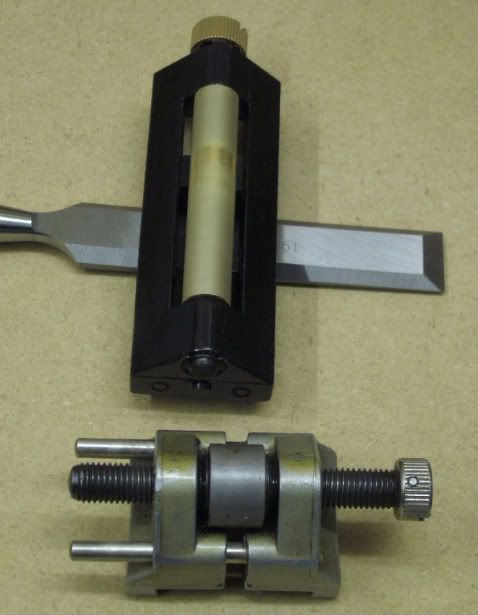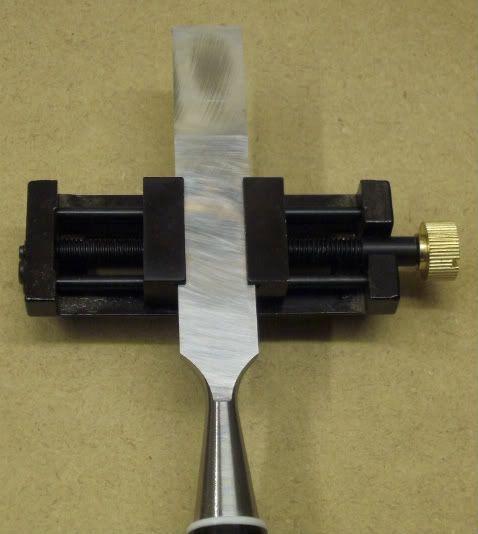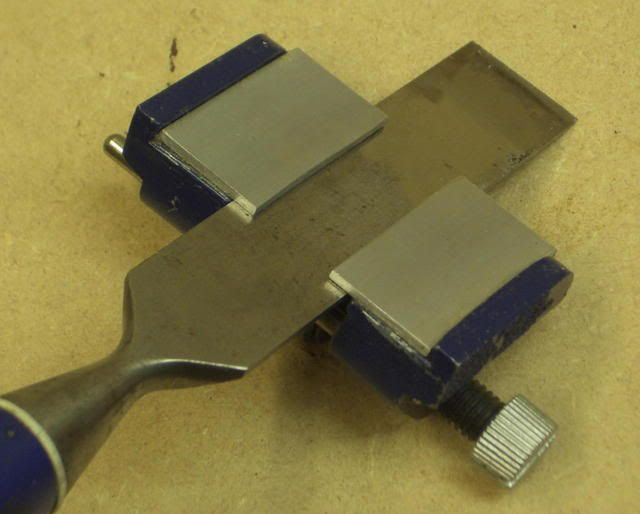Here's a blog post on more conventional sharpening using double-bevel: http://www.closegrain.com/2012/08/double-bevel-paring-chisel-sharpening.html
I still don't have perfect control for flat bevels, but I continue to practice.
I still don't have perfect control for flat bevels, but I continue to practice.




































